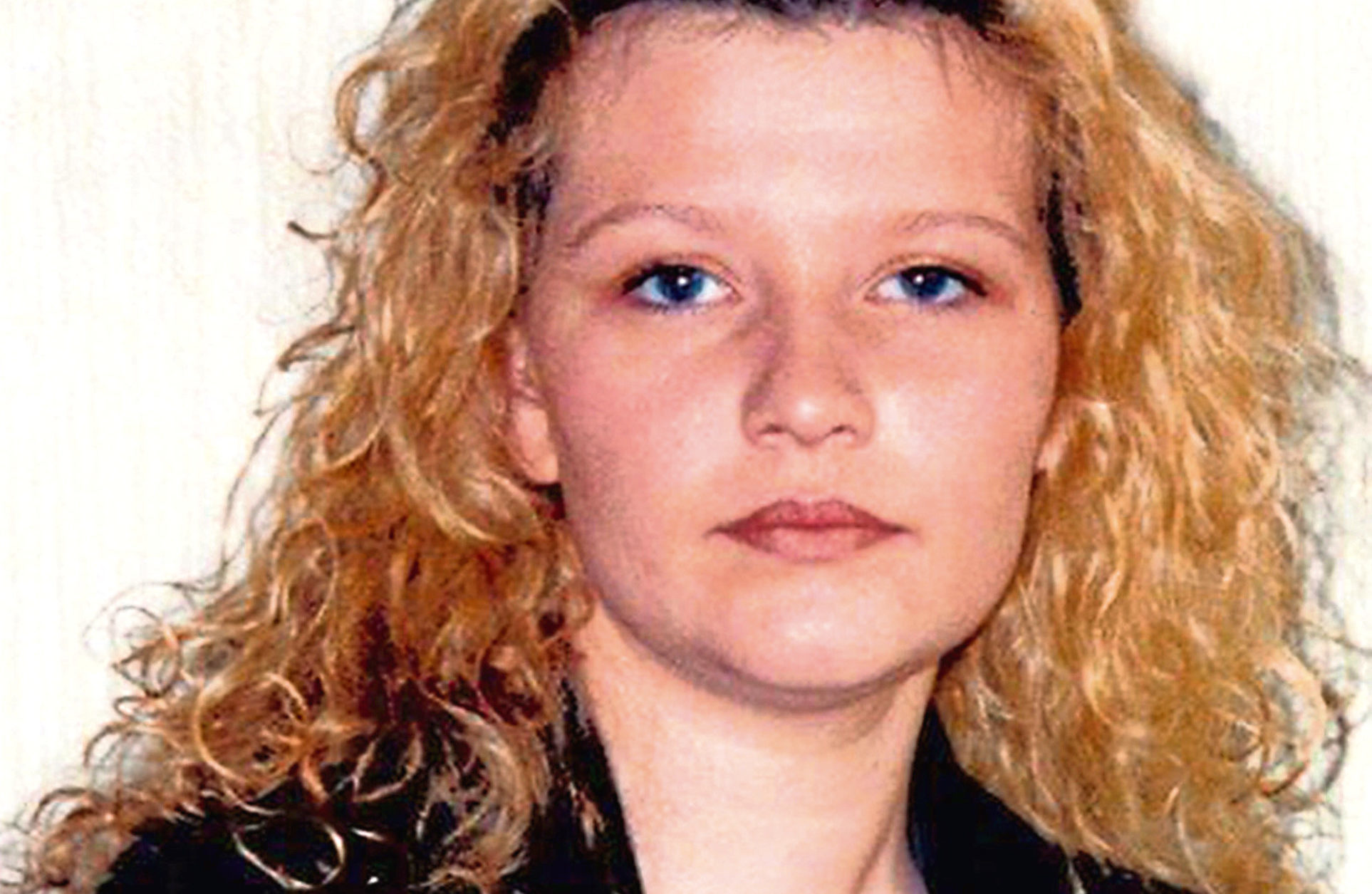
A journalist whose sources were unlawfully hunted by Police Scotland after exposing Iain Packer has branded the molehunt “appalling but unsurprising.”
Jim Wilson was editor of The Sunday Mail when it revealed Packer was a prime but forgotten suspect in the Emma Caldwell murder investigation in April 2015.
Two days later, instead of immediately reopening the murder investigation, Police Scotland launched an investigation to identify the paper’s sources. The inquiry was later ruled inept, unjustified and unlawful.
Four police officers, two serving and two retired, had phone and email records seized but the now-defunct Counter Corruption Unit (CCU) had ignored warnings that judicial approval was needed.
The breach of new laws intended to protect journalists’ sources was uncovered during an inspection by watchdogs and, in 2016, an Investigatory Powers Tribunal (IPT) ruled the inquiry contravened the Human Rights Act and the European Convention on Human Rights (ECHR).
Six years later, another IPT hearing heard detectives had also obtained Wilson’s mobile number and, despite dropping plans to obtain his data on legal advice, still breached his ECHR rights.
The three-judge panel ruled: “The information about individuals was recovered with a view, it is now admitted, to discovering Mr Wilson’s sources, therefore it represents an interference with his Article 10 rights as a journalist.
“There is a real risk that conduct of that sort will have a chilling effect on his ability to obtain and disseminate information in the public interest.”
While the inquiry to identify the paper’s sources was launched immediately it took seven weeks before Police Scotland reopened the murder investigation and only then under orders from then Lord Advocate Frank Mulholland.
Yesterday, Wilson, who is also a former editor of The Sunday Post, said: “The decision to investigate our sources instead of immediately reopening the inquiry into Packer was appalling but only one example of the official concealment, delay and denial that has characterised this scandal.”
After the IPT ruling, Ronnie Clancy, an experienced KC with a strong interest in media law, said: “This is a landmark judgment because it applies important principles of law in novel circumstances. It should be compulsory reading for all police officers and other law enforcement officials engaged in intelligence gathering work.
“The novelty in this case, the first case of its kind as far as my research reveals, is the infringement of the journalist’s rights arose simply because the purpose of the applications were to discover his sources.
“The tribunal noted his name and status as a journalist were expressly invoked in authorised applications so the breach occurred even though the police application did not directly target his number.”

Enjoy the convenience of having The Sunday Post delivered as a digital ePaper straight to your smartphone, tablet or computer.
Subscribe for only £5.49 a month and enjoy all the benefits of the printed paper as a digital replica.
Subscribe